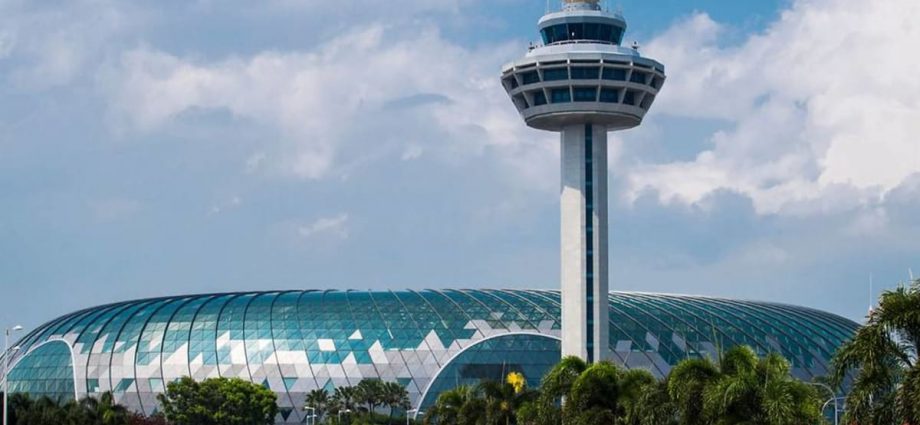
Given that the airbase’s 3.8km long runway is aligned along the direction of prevailing winds to help aircraft avoid crosswinds when they take off and land, the future town can be oriented this way too, noted Mr Lee.
“And then the town will be naturally breezy, and hopefully, residents won’t need to turn on your air-con quite as much,” he quipped.
“We can repurpose the runway into the town’s central spine, turn it into a green connector or community space extending from one end of town to the other. It will be a distinctive and attractive heritage feature, unique to Paya Lebar.”
Mr Lee noted that public and private housing will be built on both sides of the spine, and the Ministry of National Development has estimated that around 150,000 new homes can be built, roughly the number in Punggol and Sengkang today.
“There will be amenities and recreational areas close by. As well as commercial and industrial developments, to bring jobs closer to our homes,” he said.
“And it is not just about using the land physically occupied by the airbase. Because once the airbase moves out, we can lift some of the building height restrictions around it – for example in Hougang, in Marine Parade or Punggol – and this means we can redevelop these towns, include more amenities, and make much better use of the space there. It won’t happen overnight, but over decades we can completely reimagine the eastern part of Singapore.”
Sandwiched between Hougang and Serangoon to its west and Pasir Ris and Tampines to its east, the area will see 800ha – equivalent to the size of five Toa Payoh towns – freed up for development once the airbase is relocated.
“Singaporeans sometimes worry that we will run out of space in future. That housing will not be available and affordable. I say: No need to worry,” said Mr Lee.
“We have done our studies and planning. We will have enough space for future generations. Our problem is not finding the space to build enough flats, nor keeping homes affordable for Singaporeans. We know how to do that. Our problem is not having enough babies to grow up and live in them!”
He also noted that Paya Lebar is just one example of how the Government is reimagining and transforming Singapore.
“We are doing this all across the island – Jurong Lake District, Greater Southern Waterfront and many other areas too,” he said.
“Each new estate will be more liveable, greener, and more sustainable than the previous one. This is not easy to do. But just as past generations planned for and created the Singapore that we live in today, we too must never stop imagining and building the future Singapore for the next generation and beyond.”

